Seeking Two Elks Fighting: Erik Larson, Sheepeater Indian Series
Original price was: $24.99.$22.00Current price is: $22.00.
ISBN: SOFT COVER 9781663212672
Torn between his white man world and his Sheepeater Indian world, Erik Larson faces rising evil which threatens to destroy both worlds.
This is predominately Erik’s continuing story and is the fifth novel in my Sheepeater Indian Series. (All can stand alone since I give adequate background in each.) Erik Larson travels across southern Idaho Territory and up into Montana Territory and then across the Clearwater country and back through the Salmon River country (Slate Creek) and on back to see his sister Katrine. After seeking a second vision, Erik is confused to what his life’s path should be. During most of his travels, he is plagued by evil and attempts to reconcile his beliefs and actions, particularly when he rides with a young man whom he met early on and who is on a mission to exact revenge. I have laced the story with the historical events of the region through which Erik travels. The forthcoming book will address the rising conflict between settlers, the Native Americans (Nez Perce` War and Bannock War) and the Chinese. It will lead up to the Sheepeater Campaign.
The book is written at a cross-over level. Although it deals with some adult themes, including coming-of-age and some romance, the language and descriptions are written at an acceptable level for older teens. The cover illustration is taken from my painting of Jughandle Mountain on the east side of Long Valley in Idaho. I have also illustrated the novel with eleven pen and ink illustrations which are based on themes in the book. My pen and ink maps are based on USGS maps and show the main trails and settlements of the period. I’ve indicated the existing trails through the region in Erik’s time, including the Nez Percé Trail. This was the only route east and west through this region and, ironically, was missed by Lewis and Clark, who went north over Lolo Pass.
Story Description: Raised by the Sheepeater Indians of the Salmon River country, Erik Larson fulfills part of his boyhood vision and is named Two Elks Fighting. After finding his sister, Katrine, and the other Swedes, he realizes that he no longer belongs in their world or the Sheepeaters’ world, and he leaves the valley. A second vision reveals evil and confuses Erik. Erik’s spirit helper tells him it was not meant for him, and he falls in love and marries Bright Shell, a Lemhi Shoshone woman. Erik believes he has found peace between the two worlds as a trapper with his wife in the Lost River Range until evil strikes.
Author’s Notes Excerpt: Seeking Two Elks Fighting continues Erik’s story after he leaves his sister in High Valley (Long Valley, Idaho). Erik intends to return to the Sheepeaters but finds himself torn away by intervening events. I chose Long Valley (McCall is located in Long Valley and is where I grew up.) as the setting for the Swedish families, although there were no permanent residents in this immediate area in 1863. As soon as a gold strike was made, the packers and freighters began taking in supplies, and towns were established near the goldfields. Waystations along the trails sprang up, and the people who ran these businesses were the early residents of places such as Long Valley. Some offered supplies, meals and boarding, and horse and mule exchanges among other enterprises. They raised crops, generally a vegetable garden, to the extent possible. Some became towns, but most disappeared when the gold ran out.
In this light, I describe the people and activities during this period in Long Valley. I do not pinpoint where my fictional Swedes had their farms and waystation, so I can accurately depict these other historical activities and locations. This same pattern of settlement was seen in the surrounding drainages, such as the Weiser River and Indian Valley to the west of Long Valley. Traditional farmers and ranchers began taking up permanent homesteads in the late 1870s. Finnish settlers arrived in Long Valley in the late 1880s. Farming, ranching, mining, and logging remained the primary industries in Long Valley up through 1977, when the McCall lumber mill was closed.
The region in which Erik’s story takes place is today the largest uninhabited wilderness in the United States outside of Alaska. His circuitous route covers approximately 1,250 miles, excluding his travels to Lewiston and his many travels between towns and regions within his route. The area his route encompasses is approximately 28,000 square miles. A few scattered gold camps existed within this area in the 1870s, but otherwise, the towns and settlements were on the fringes.
The Native Americans also largely had their winter camps outside this region. They traveled through it, particularly the Nez Percé, to reach the western Montana bison herds. Otherwise, the predominant Native Americans in the region were the Lemhi Shoshone on the eastern edge and approximately 150 Sheepeater Indians along the Middle Fork of the Salmon River. These first people hunted in parts of this region, most notably the Little Salmon River, the Weiser River, and north along the Salmon River but generally not heavily within the interior.
I have tried to capture snapshots of the settlements in the region as they existed in this period—Elk City, Newsome, Orogrande, Leesburg, and Salmon City. Additionally, I included the active waystations, such as the North Fork, Jackson’s Bridge, and Clearwater Station. I have based Alonzo’s and Loyal Brown’s history on the history of Mount Idaho and Elk City.
Most of the historic events involving the Lemhi Shoshone are based on my listed sources. I used a Shoshone leader, Tissidimit, to reveal a brief history to Erik, including Lewis and Clark’s meeting with Cameahwait, who was Sacajawea’s brother. Chief Tendoy’s absence from Lemhi Valley is correct. A remnant band did remain in Lemhi Valley. Cusowat wanted to return to farming, as the Lemhi once had done with the Mormons. The bison hunt involved five thousand Nez Percé, Shoshone (including Tendoy’s band), and Crow hunters but took place between the Missouri River and the Yellowstone River, where the men engaged a massive bison herd. Tendoy returned to Lemhi Valley in the winter of 1871. Although established in 1868, Lemhi Reservation was finally acknowledged through an executive order in 1875. It remained a reservation until 1907, when the order was rescinded. The Lemhi who wished to do so moved to Fort Hall Reservation. Others remained in the Lemhi Valley on private land.
The Lemhi were a horse people and adopted much of the Plains Indian culture. The Sheepeaters began obtaining horses during this time, and some wintered with the Lemhi Shoshone. Some cultural and spiritual aspects are based more on the Plains Indian culture—for example, vision-seeking. Although practiced by the Shoshone, it was not as significant as I have portrayed.
Related Posts

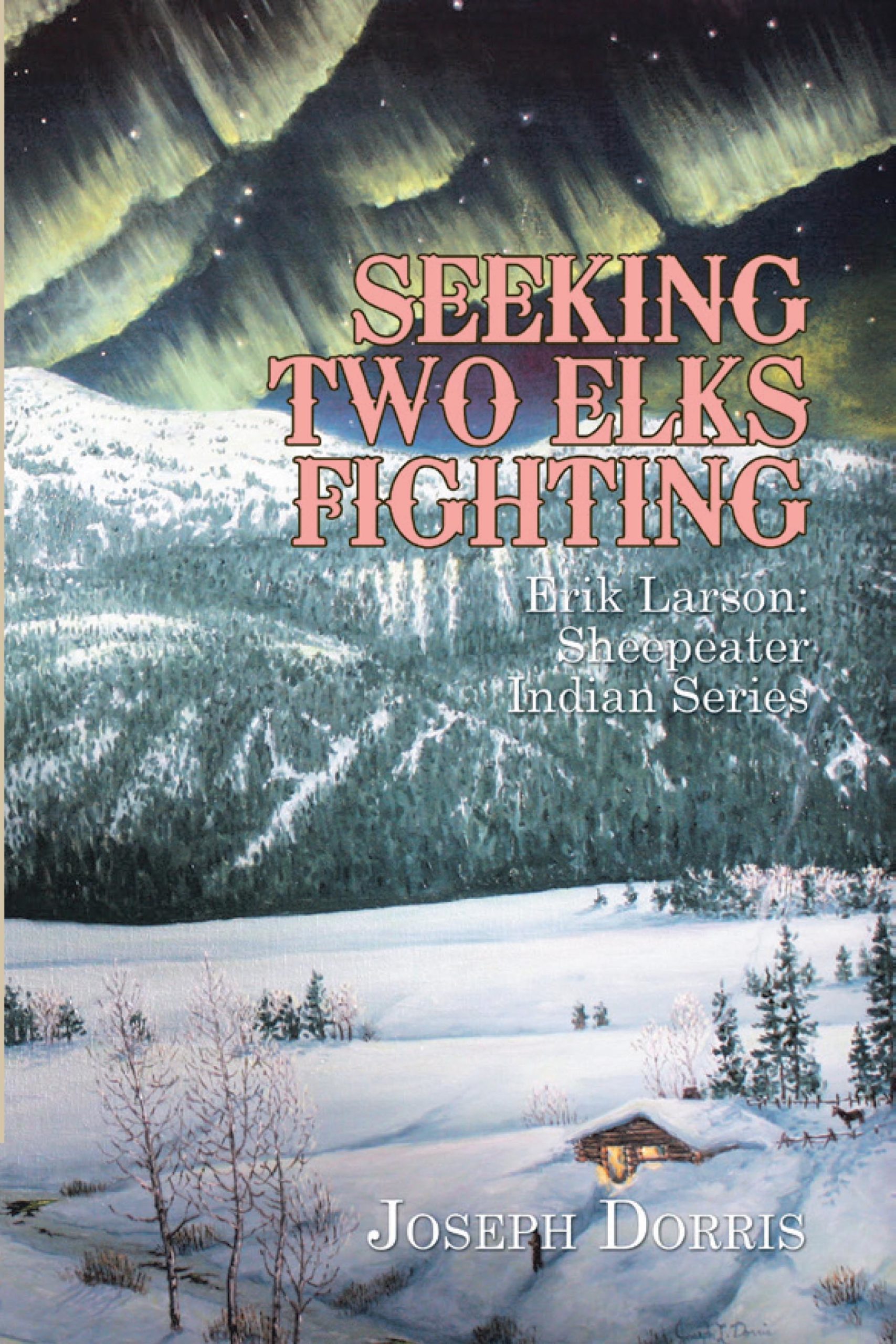
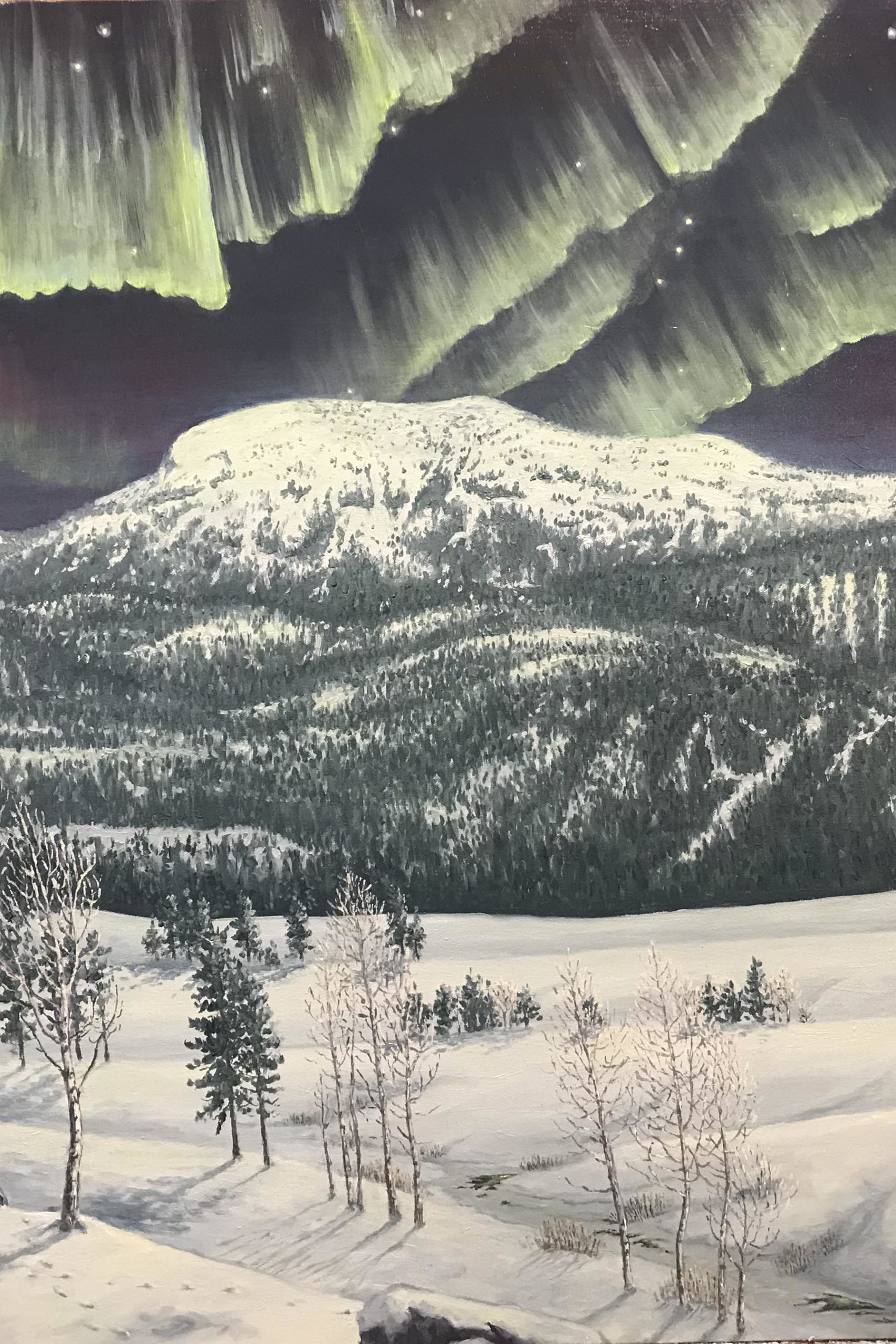
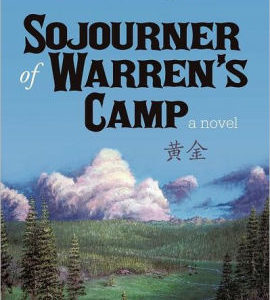
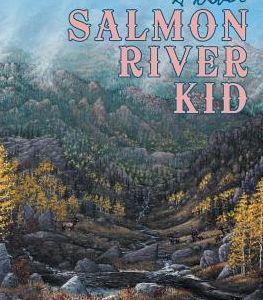
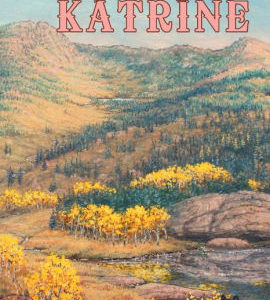
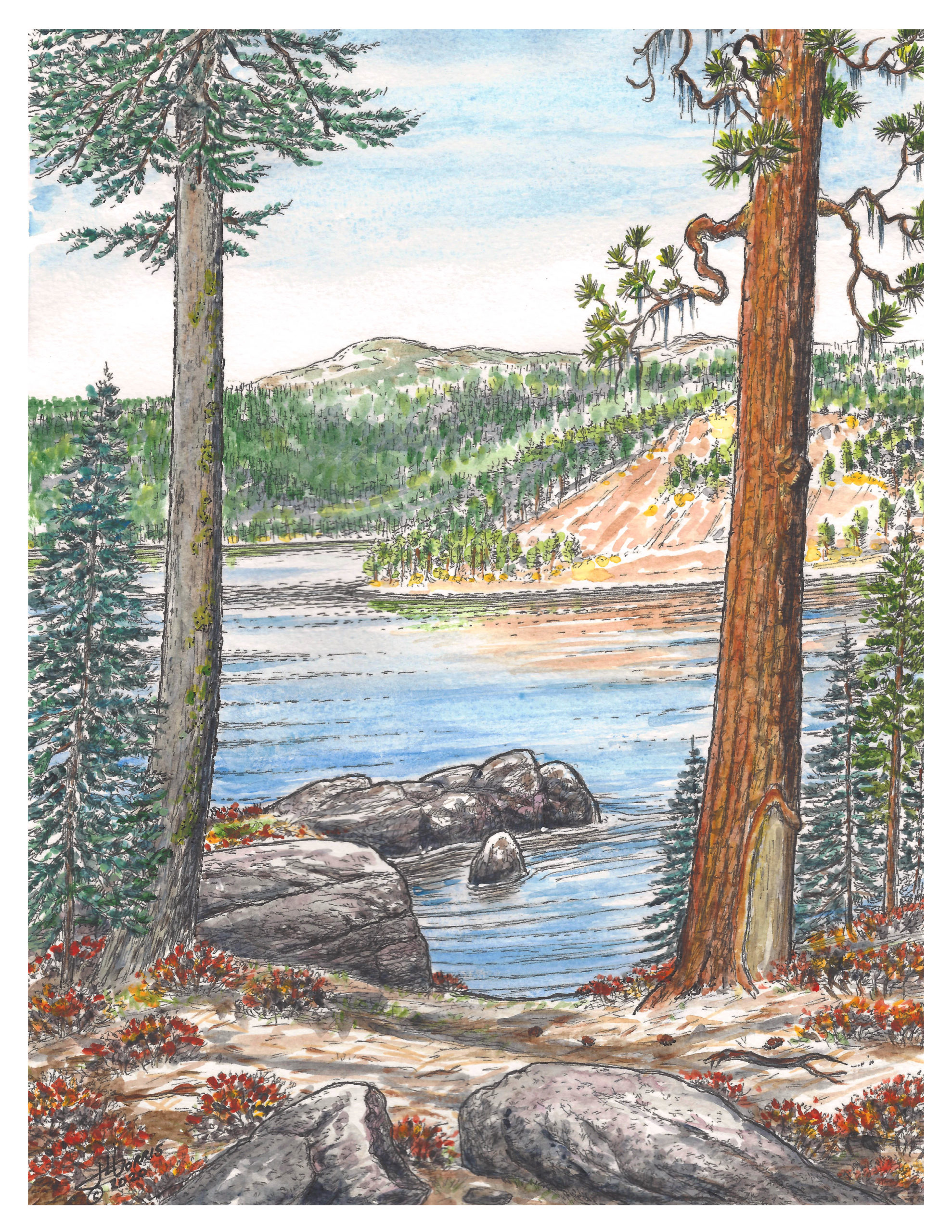

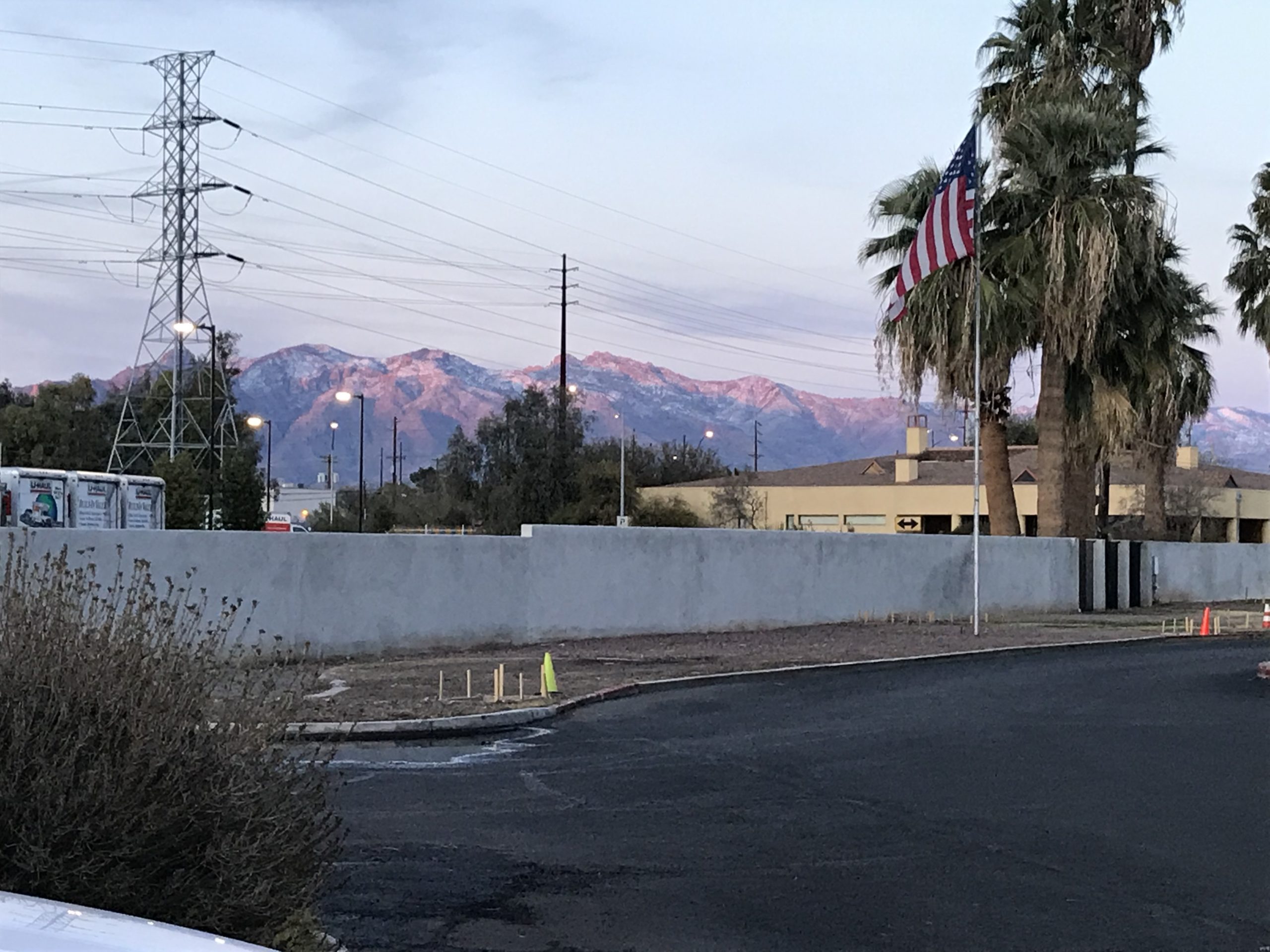
Reviews
There are no reviews yet.